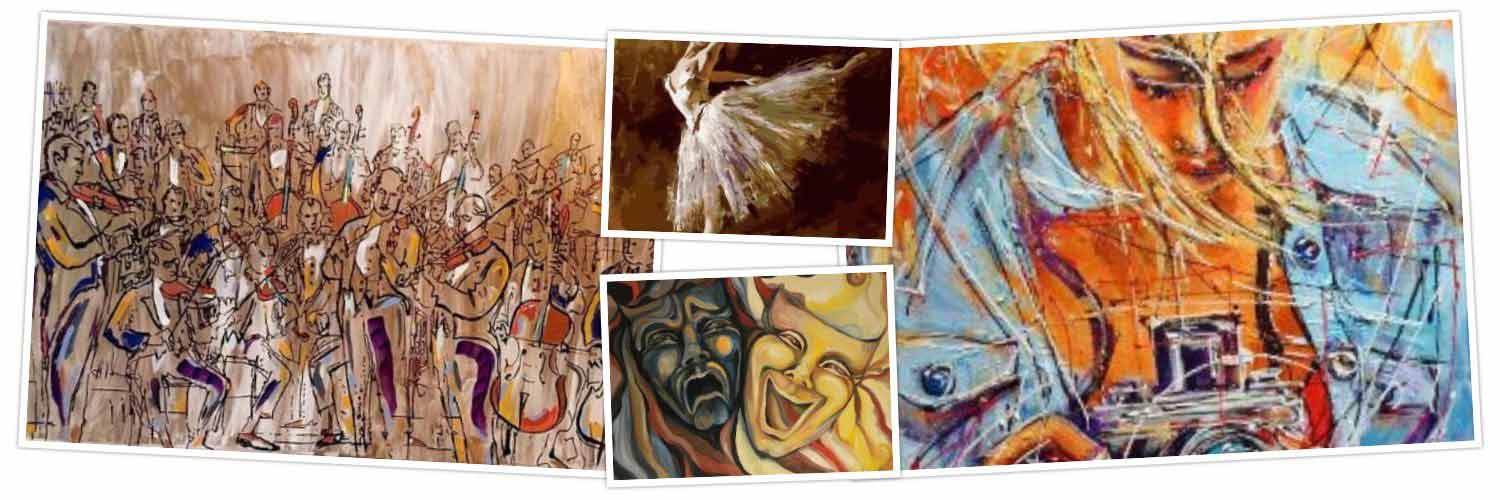Book Review” “There Are Rivers in the Sky”
Reviewed by Steven G Kellman
Water is the origin of all things, according to the ancient philosopher Thales of Miletus. And water keeps the story flowing throughout Elif Shafak’s 13th novel – her 9th in English – the author’s third language, after Turkish and Spanish. There Are Rivers in the Sky is a tale of two rivers – the Tigris and the Thames – and three characters who live beside them.

In 1840, when an English pauper gives birth to a baby boy while scavenging the shoreline of the River Thames, fellow foragers call him King Arthur of the Sewers and Slums. His is a Dickensian childhood in a densely populated city of soot and grime (Charles Dickens himself even makes a cameo appearance). However, Arthur possesses perfect memory and extraordinary acumen, and what saves him from a life of indigent drudgery is apprenticeship to a leading publisher. A voracious autodidact, he becomes intrigued by accounts of the Assyrian Empire during the 7th century B.C.E. Visiting the British Museum, he demonstrates an uncanny ability to decipher the cuneiform writing on clay tablets retrieved from Nineveh.
In 2014, a nine-year-old named Narin lives beside the Tigris in an area of southeast Turkey that is being bulldozed for construction of a dam. Narin is Yazidi, and the project will inundate sites sacred to her endangered people. The Yazidis are mistrusted and despised as “devil-worshippers” by their neighbors, who do not hesitate to enslave, torture, and murder them. “Ours is a history of pain and persecution,” observes Narin’s clairvoyant grandmother, and that woeful history continues into the present, as ISIS perpetrates atrocities against them.
At the same time, in London, Zaleekhah Clarke flees a failing marriage and moves into a houseboat moored on the Thames. Hydrologist by profession, she subscribes to a heretical theory of “aquatic memory,” that water retains evidence of the particles that have dissolved in it. Among the few possessions that Zaleekhah takes with her to her new riparian abode is a miniature lamassu, a sculpture of an Assyrian goddess, a hybrid of human, bird, and lion. It was gigantic stone lamassus that fascinated Arthur in the British Museum and that propelled him into a stellar career as archaeologist and rediscoverer of the Epic of Gilgamesh, perhaps the earliest written work of literature.
With short chapters on each, Shafak crosscuts among Arthur, Narin, and Zaleekhah throughout the novel. Although ostensibly disparate in space and time, their lives will eventually converge in startling and elaborate – if contrived – ways, and part of the pleasure in reading There Are Rivers in the Sky is in watching Shafak pull it all off. This is work of wide scope and ambition, though sometimes the connections seem strained – as when the owner of Zaleekhah’s houseboat just happens to be a tattooist and amateur Assyriologist who inscribes verses from Gilgamesh in cuneiform into the skins of her clients. The novel’s central conceit is that water, like human history, is a recurring flow, but it challenges credulity for exactly the same raindrop that falls on the head of Assyrian King Ashurbanipal to evaporate, condense, precipitate, and return millennia later to moisten separately the skins of Arthur, Narin, and Zaleekhah.
For the character of Arthur, Shafak drew on George Smith, the Victorian archaeologist and translator of ancient cuneiform tablets. Some of the novel’s most vivid passages summon the sights and sounds of London, Istanbul, and other places Arthur passes through. But the novel is most moving in its evocation of the vanity of human wishes; once-mighty Nineveh is now a pile of rubble. Amid the excavation and transport of Mesopotamian relics to museums and private collectors in wealthy countries, we are asked to ponder the inequities of power. The novel teaches that water is power and that, in the surviving lines of an ancient Akkadian epic, so is text.
————————————————————————————————————–
There Are Rivers in the Sky by Elif Shafak; Knopf; 2024; $30
